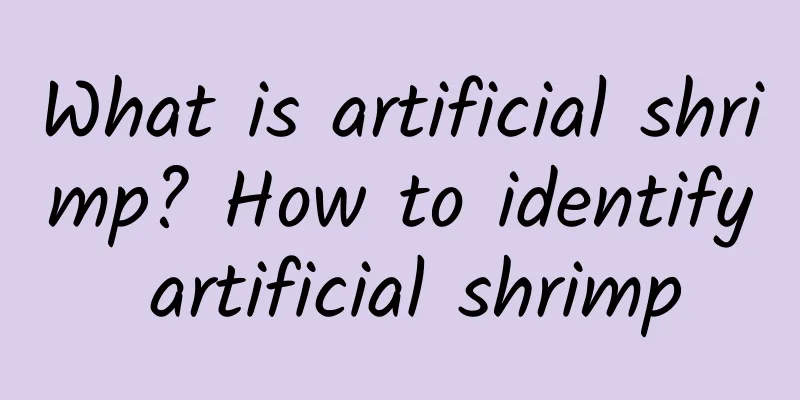What to do if your labia majora grows

|
Labia hyperplasia is a problem that many women experience. Of course, the appearance of labia hyperplasia may very well be a symptom of genital warts. Genital warts are contagious to a certain extent, so after the problem of genital warts occurs, it is necessary to take certain methods to treat it in time to prevent the disease from spreading and worsening! Next, I will introduce to you the treatment methods of genital warts! 1. Chemotherapy (1) 0.5% podophyllotoxin tincture (or 0.15% cream) is suitable for the treatment of genital warts with a diameter of ≤10mm, with a clinical cure rate of about 90%. The total wart area should not exceed 10cm2, and the total daily medication should not exceed 0.5ml. After application, the local medication should be allowed to dry naturally. The main side effects are local irritation, which may include itching, burning pain, redness, swelling, erosion and necrosis. In addition, this drug is teratogenic and should not be used by pregnant women. (2) 5% imiquimod cream is used to treat genital warts, with an average wart clearance rate of 56%. The advantage of this therapy is the low recurrence rate, which is about 13%. The appearance of erythema is not an indication for discontinuation of medication, but the appearance of erosion or damage requires discontinuation of medication and a follow-up visit. The doctor will treat the wound and decide whether to continue the medication. Side effects are mainly local irritation, which may include itching, burning pain, erythema, and erosion. The safety of imiquimod during pregnancy has not been established and it is contraindicated in pregnant women. (3) 80% to 90% trichloroacetic acid or dichloroacetic acid. Treatment must be performed by a doctor. When using, apply a small amount of liquid medicine on the wart lesion and wait for it to dry. At this time, a layer of white frost will form on the surface. During treatment, care should be taken to protect the surrounding normal skin and mucous membranes. If there is an excess of topical medication, talcum powder, sodium bicarbonate (baking soda) or liquid soap can be applied to neutralize excess, unreacted acid. This medicine should not be used for hyperkeratosis or large, multiple, or extensive warts. Adverse reactions include local irritation, redness, swelling, erosion, etc. 2. Cryotherapy Using liquid nitrogen at a low temperature of -196℃, the freezing method is used to treat genital warts, which promotes the necrosis and shedding of wart tissue. The operation is simple, efficient, and easy for patients to tolerate. This method is suitable for condyloma acuminatum with a small number and small area. It can be treated 1 to 2 times with an interval of one week. 3. Laser treatment Usually CO2 laser is used to treat genital warts by cauterization. Single or a small number of warts can be treated once, while multiple or large warts can be treated 2 to 3 times, with an interval of one week. |
<<: The most common causes of breast swelling
Recommend
What to do if you get postpartum disease during the confinement period
Every woman will experience the confinement perio...
What to do if you have threatened abortion and blood clots
Threatened miscarriage is a common condition duri...
How to match a turtleneck sweater to look good and have temperament Turtleneck sweater 2020 winter matching skills
Turtleneck sweaters are a must-have for winter, b...
Recovery after abortion
For many women, abortion is very harmful to their...
[Northern Xinjiang Science Popularization] How to lose weight quickly and effectively?
When spring and summer arrive, the word "wei...
What causes partial hydatidiform mole?
Some people say that partial hydatidiform mole is...
What to do if a pregnant woman has no appetite
It is a common phenomenon that pregnant women hav...
Is it normal to have no bleeding after an abortion?
Abortion is a very common surgery nowadays, which...
Women's fashion health methods
Many female friends have seen how female stars ta...
How to stop sweating under the armpits for girls
There are many ways for girls to stop sweating un...
Normal gestational sac size at 50 days of pregnancy
We understand that the key to the gestational sac...
What disease causes milky yellowish leucorrhea?
Whether a woman's leucorrhea is normal is dir...
What to do if estrogen is low during menopause? These methods are very effective
When women reach menopause, it is easy for them t...
Numbness in the feet during early pregnancy means boy
In the early stages of pregnancy, many pregnant w...
What should I pay attention to after having an abortion?
Due to the improvement of economic level and more...









